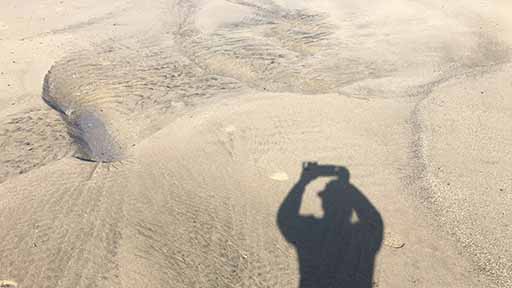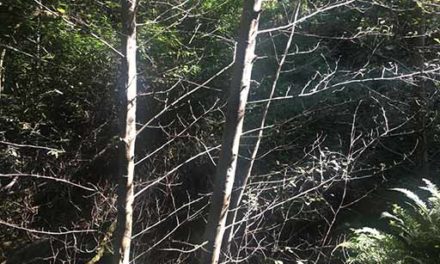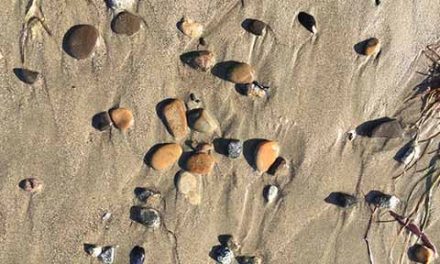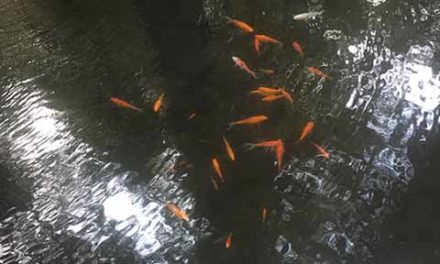The Vanishing Face of Gaia by James Lovelock was published in 2009. Much of what he says is still relevant today. The data from a number of current studies reinforces what he was saying in this book nine years ago. Since the 1970s, James Lovelock has been involved in ‘global heating’ conversations with many leading current climate scientists. He proposed the Gaia hypothesis, which postulates that the Earth functions as a self-regulating system. Lovelock is known for his dire warnings about ‘global heating’. He is 99 years old. Here are some of the most interesting passages from his book. He has carefully considered these issues and responds with well-reasoned and contentious analysis…
It is time to wake up and realize that Gaia is no cozy mother that nurtures humans and can be propitiated by gestures such as carbon trading or sustainable development. Gaia, even though we are a part of her, will always dictate the terms of peace. Back in May 1940, we in the UK woke to find facing us across the Channel a wholly hostile continental force about to invade. We were alone without an effective ally but fortunate to have a new leader, Winston Churchill, whose moving words stirred the whole nation from its lethargy: “I have nothing to offer but blood, toil, tears, and sweat.” We all need modern Churchill’s to lead us from the clinging, flabby, consensual thinking of the late twentieth century and to bind our nations with a singleminded effort to wage a difficult war. We need a leader who will stir us all but especially to stir those young environmentalists who so bravely protested against all forms of desecration of the country side and wilderness.
Where are the ”Earth First” battalions now?
We have been hearing a lot about “hot-house Earth” in the news today. Already in 2009, he mentions hot-house events in connection to the Eocene period…
The long-term history of the Earth suggests the existence of hot and cold stable states that geologists refer to as the greenhouses and the ice houses. In between are the metastable periods like the present interglacial. The best-known hot-house happened 55 million years ago, near the beginning of the period known by geologists as the Eocene. It was so called because it marked the dawn (“eos”) of large mammals. The Eocene was already warm by present standards, and a geological accident caused the release of between 1 and 2 teratons of carbon dioxide into the air (a teraton is 1 million million tons). Putting this much carbon dioxide in the air caused the temperature of the temperate and Arctic regions to rise by fifteen degrees, and the tropics by between nine and fifteen degrees; and it took about two hundred thousand years for conditions to return to their previous states. Soon we will have injected a comparable quantity of carbon dioxide into the atmosphere, and the Earth itself may release as much again. …the Earth was 0.5 percent cooler then and there was no agriculture anywhere, so that natural vegetation was free to regulate the climate.
His chapter on geoengineering talks about techniques including physical means such as the manipulation of the planetary albedo, physiological geoengineering such as tree planting, and active geoengineering such as the introduction of an aerosol of sulphuric acid droplets into the stratosphere. He also addresses carbon sequestration…
The behavior of this simple geophysiological model and the Earth’s recent climate history revealed by ice-core analysis indicated a climate and atmospheric composition that fluctuates suddenly, as would be expected of a dynamic system with positive feedback. An engineer or physiologist looking at the historic response of the earth system would
think it unwise to assume that climate change can simply be reversed by reducing emissions or by geoengineering
. … Global heating would not have happened but for the rapid expansion in numbers and wealth of humanity. … Whatever we do as geoengineers is unlikely to stop dangerous climate change or prevent death on a scale that makes all previous wars, famines, and disasters small; but to continue “business as usual” could be worse… … Perhaps the greatest value of the Gaia concept lies in its metaphor of a living Earth, which reminds us that we are a
part of it and that our contract with Gaia is not about human rights alone, but includes human obligations
.





